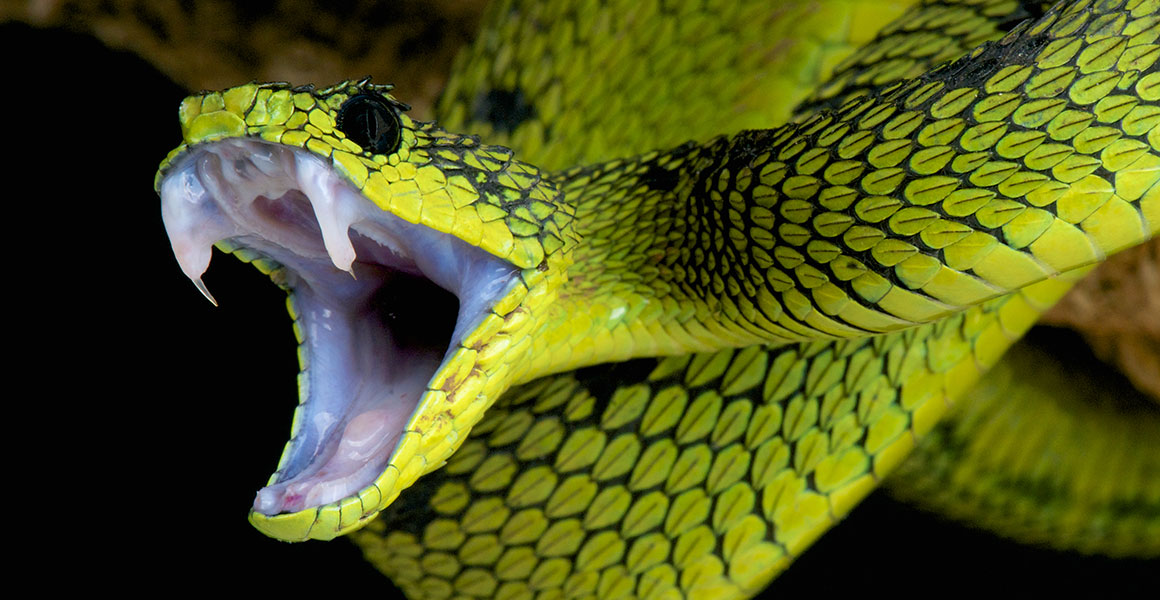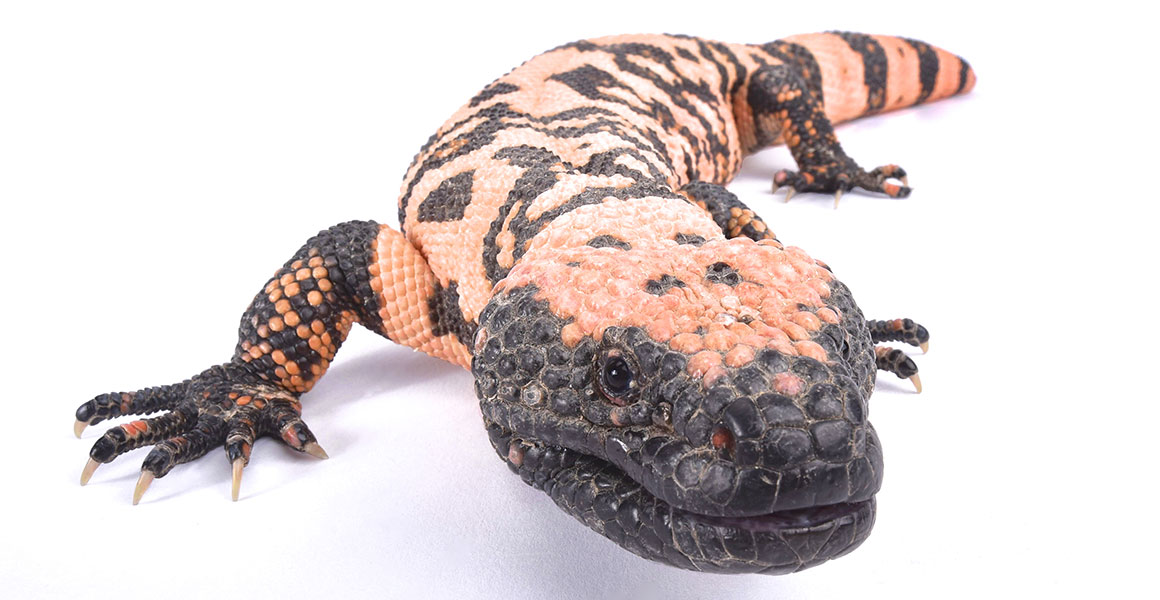Comparative venomics research
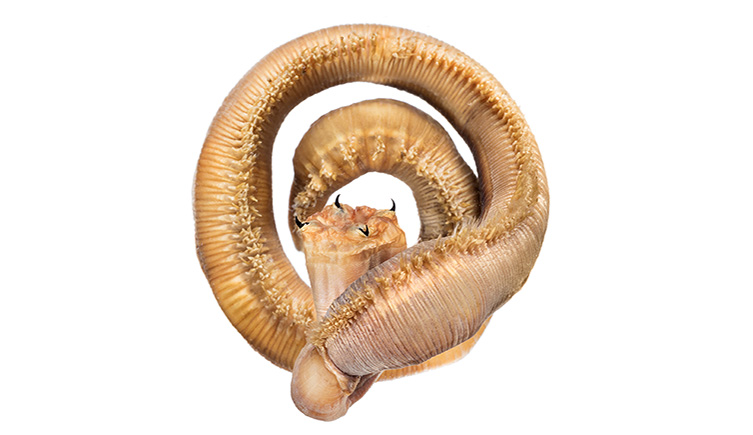
A bloodworm (Glycera dibranchiata) exposes its venom-injecting jaws © The Trustees of the Natural History Museum, London
Project summary
- Focus: Studying the composition, evolution and unique bioactivities of venoms in neglected taxa
- Funding: Biotechnology and Biological Sciences Research Council, Natural Environment Research Council
We are using cutting-edge technology and methods to examine the toxins produced by relatively neglected venomous taxa.
Venomics incorporates a number of fields such as molecular biology, molecular evolution, pharmacology and neurobiology.
Current understanding of venoms is based primarily on the study of snakes, spiders, scorpions and cone snails. Other venomous taxa such as ticks, centipedes and polychaetes have been less well studied.
The aim of our research is to understand the composition, bioactivity and evolution of venoms in relatively neglected taxa, especially invertebrates.
Venoms are primarily used for predation and defence. They have evolved in the animal kingdom at least 100 times independently, in animals as different as jellyfish and the platypus.
Recent technological advances in the study of venom peptides and proteins allow us to study venom in a wider range of animals, which allows us to draw more general conclusions about the biology and evolution of venoms.
Defining the mix of peptides and proteins, individually referred to as toxins, that make up a venom is the first step towards understanding its biological roles and physiological effects. These can subsequently be tested with experiments using isolated venom fractions.
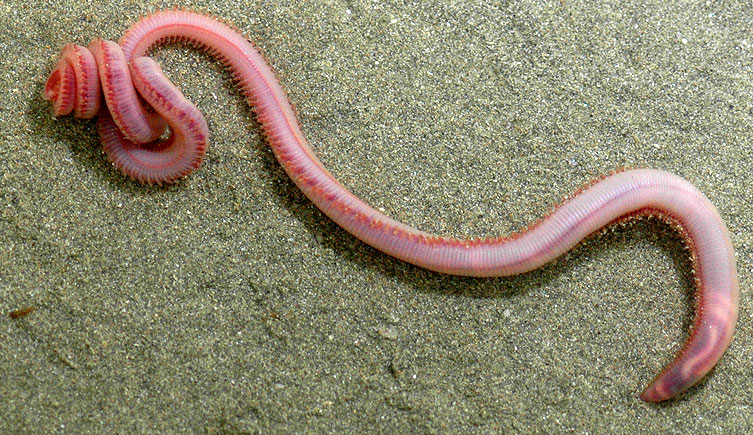
The European bloodworm Glycera fallax © Christoph Bleidorn
Venomous creatures
The aim of our research is to understand the composition, evolution and unique bioactivities of venoms in neglected taxa, principally:
- centipedes
- polychaete annelids such as bloodworms
- remipede crustaceans (blind marine crustaceans)
- pseudoscorpions
- the Amazonian toadfish (Thalassophryne amazonica).
The methods we use to gain a better understanding of venoms in neglected taxa include:
- a combination of transcriptomic (RNA) and proteomic (protein) techniques to fully characterise the composition and evolution of venom in neglected taxa
- in situ hybridisation studies to determine toxin distribution in the venom glands
- morphological studies using cutting-edge imaging techniquesto assess the presence and structure of venom apparatus
- bioactivity assays to uncover the activities of selected venom toxins
- phylogenetic analyses to investigate the origin and evolution of venom toxins.
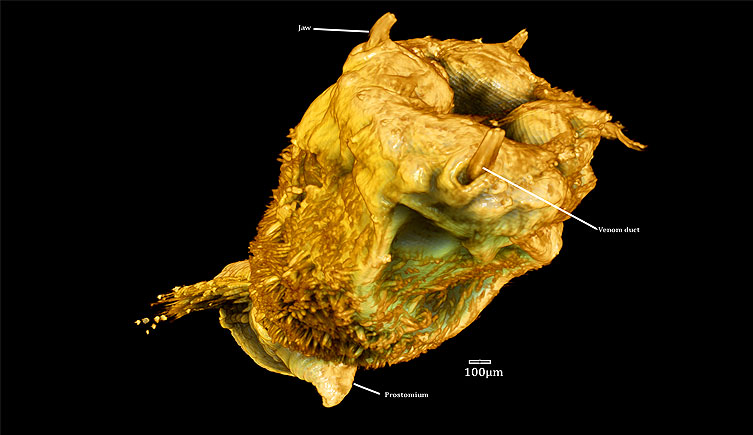
External view of Glycera jaw venom apparatus. The prostomium is the first body segment in annelid worms.
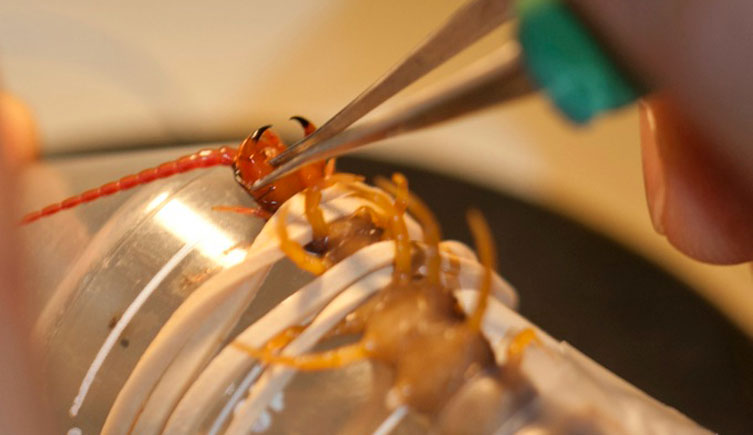
Ronald Jenner milking the centipede Alipes grandidieri © Bjoern von Reumont
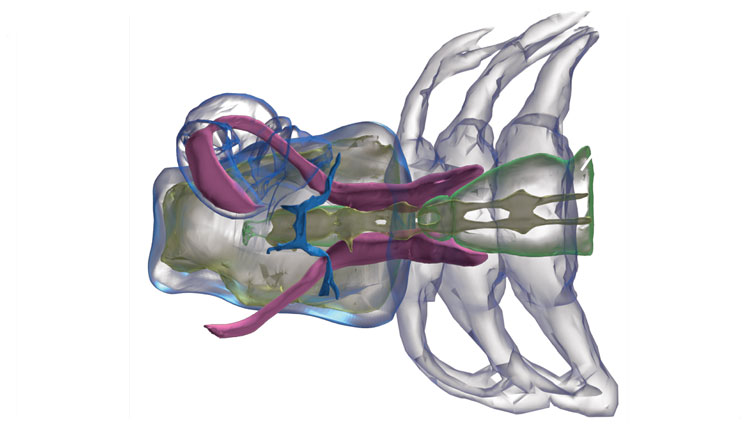
A three-dimensional reconstruction of the venom producing and secreting tissues (in purple) of the remipede Xibalbanus tulumensis
Museum staff
Collaborators
- Dr Eivind Undheim
University of Queensland - Dr Bjoern von Reumont
Justus-Liebig University Giessen
Funded by


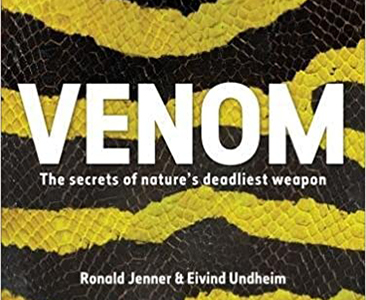
Venom
Get face to face with some of the most remarkable creatures on the planet in this book that uncovers the story of venom and poison.
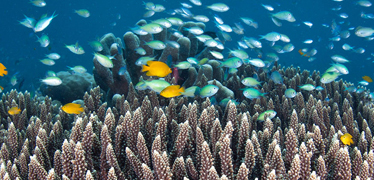
Origins, evolution and futures
We study the Earth's origins and environment, and the evolution of life.
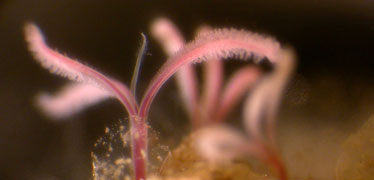
Invertebrates research
Our scientists are investigating the taxonomy, systematics and biodiversity of groups of invertebrates.
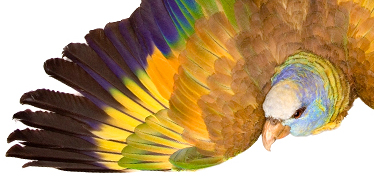
Zoology collections
Our zoology collection has 29 million animal specimens and is rich in voucher, type and historical specimens.
